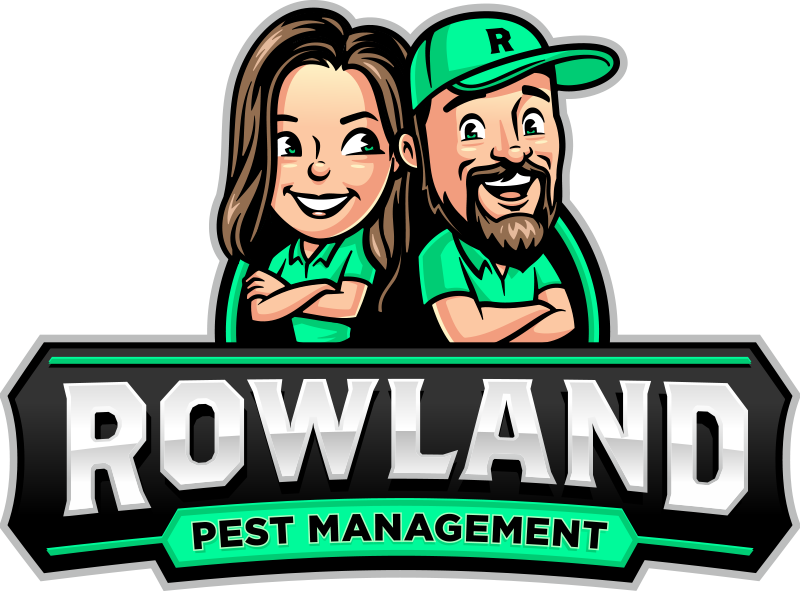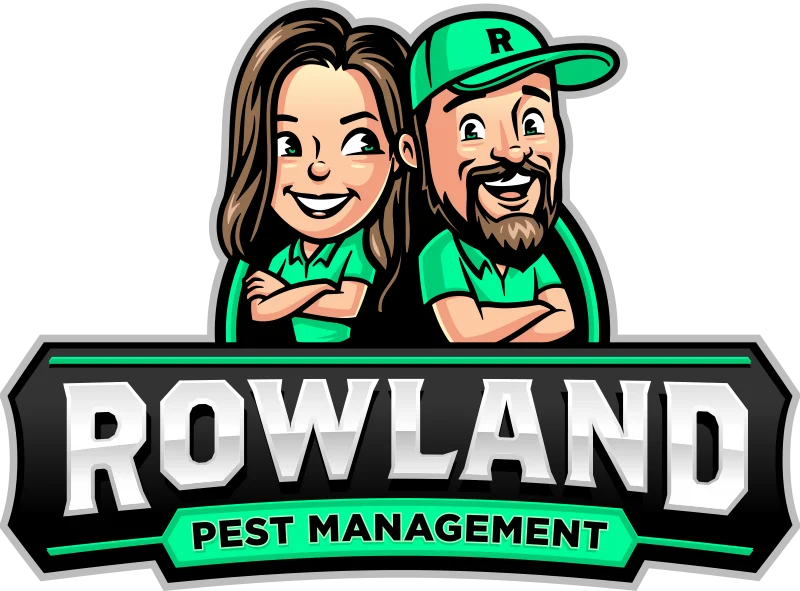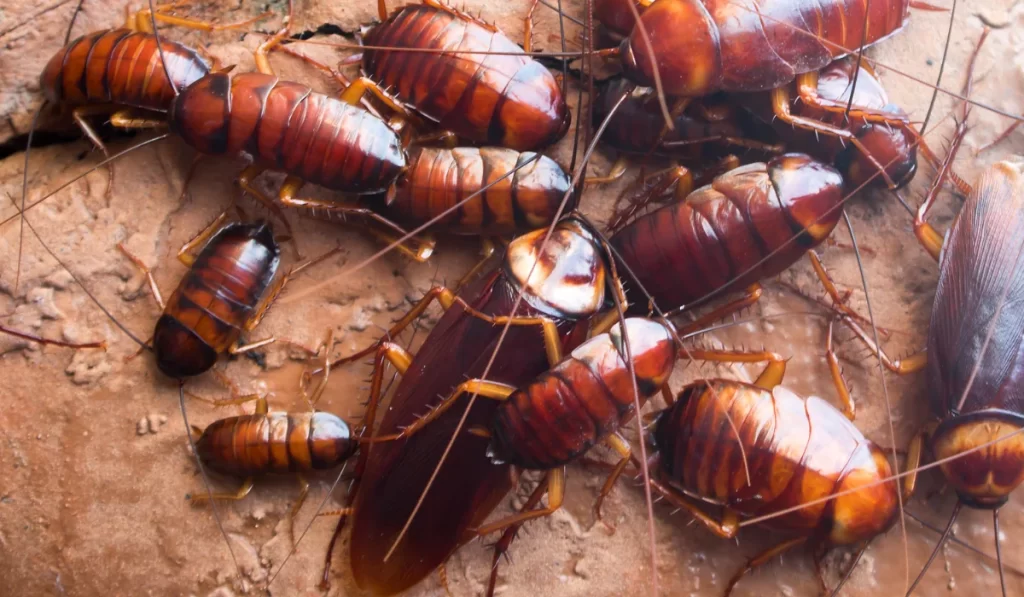If you’ve ever seen a cockroach take flight inside your home, you know how creepy it feels. Here in Florida, these flying roaches are pretty common, especially in warm, damp areas. The good news is you don’t have to live with them.
This guide will help you get rid of flying cockroaches in Florida.
We’ll explain what types of cockroaches you’re likely dealing with, where they hide, and what you can do to keep them out for good.
Key Takeaways
- Different flying cockroaches in Florida, like palmetto bugs and Asian cockroaches, need different control methods.
- Small cracks, leaks, and food scraps inside your home can lead to a cockroach infestation if not handled quickly.
- Outdoor spots with mulch, leaf litter, or standing water often attract wood roaches and other flying roaches.
- Professional pest control helps when baits and traps fail to stop roaches from spreading inside and around your home.
Know the Type of Cockroach You’re Dealing With
Not all flying roaches are the same.
In Florida, the palmetto bug is a common name for the American cockroach. These reddish-brown bugs are large and can fly short distances.
Smoky brown cockroaches are dark brown and love the light, while Asian cockroaches also fly and are often found around outdoor lights.
Florida woods cockroaches and Australian cockroaches can also glide through the air when disturbed.
Also, each of these roach species has different habits.
Some prefer mulch and leaf litter. Others like sewers and crawl spaces. German cockroaches don’t fly much, but they often show up during a cockroach infestation.
Knowing which kind of roach you’re dealing with helps you pick the best way to get rid of it.
Seal up Cracks and Openings
Flying cockroaches can squeeze through small gaps.
Look around your doors, windows, and pipes. Use caulk to seal crevices and cracks. Add weatherstripping where you see light coming through the door edges.
In cities like Orlando and Miami, many older homes have gaps in basements and crawl spaces. These spots are perfect hiding places for Florida cockroaches.
Get Rid of Extra Moisture
Florida roaches love wet places.
Check under sinks and around your home for standing water. Fix any leaky pipes or clogged drains. Clean gutters and downspouts. Wet spots in mulch beds, basements, or sewers can attract water bugs and flying cockroaches.
If you take away the moisture, you’ll make your home less inviting to them.
Keep Food and Trash Cleaned Up
Flying cockroaches are always looking for food. They’ll eat anything: crumbs, food debris, spilled pet food, even garbage.
Clean up after meals, take out the trash, and don’t leave dishes in the sink. Sweep under the fridge and stove. Even a few crumbs can attract nymphs and adult cockroaches. These pests will stay if they find a food source.
One female cockroach can produce hundreds of offspring in a year, so even one sighting can quickly turn into a full-blown infestation.
Don’t Ignore Your Yard
Many flying roaches come from outside, especially during the season. Wood roaches, for example, love to live in mulch and leaf litter. Trim bushes and move mulch at least a foot away from your home.
Also, check for damp spots where rain collects. These outdoor hiding places give flying roaches a perfect path into your home.
Use Traps and Baits the Right Way
If you’ve seen droppings or egg cases inside, it’s time to set traps.
Roach baits work well when placed in the right spots, like behind appliances or near trash bins. Some species of cockroaches, like the brown-banded cockroach, hang out higher up, think cabinets or shelves.
Be sure to place the bait where the roaches spend time. for the best results.
Say Goodbye to Flying Cockroaches in Your Florida Home
Flying cockroaches can be scary, but they can also be dangerous. These pests carry salmonella, leave behind allergens, and may even trigger allergic reactions.
If you’re a Florida homeowner, don’t wait for the problem to get worse.
At Rowland Pest Management, we don’t just spray and leave. We treat homes throughout Central Florida, including Orlando, Kissimmee, St. Cloud, and beyond. Here’s what sets us apart:
- We tailor each treatment to the roach species involved.
- Our technicians spend more time on each visit than the big chains.
- We follow up after the initial visit to make sure the problem is fully handled.
- Our focus is long-term control, not just a quick fix.
If you’re tired of playing hide-and-seek with flying roaches, give us a call. We offer same-day or next-day service in most areas, and we’ll help you take your home back.
Frequently Asked Questions
Have more questions about flying cockroaches? Here are a few things Florida homeowners often ask that can help you better understand and handle these pests:
Can flying cockroaches make noise when flying or moving?
Yes, some larger flying cockroaches, like palmetto bugs, can make a soft fluttering sound when flying and a clicking or scurrying noise when moving across hard surfaces at night.
Do flying cockroaches nest inside electronics or appliances?
Yes, flying cockroaches may hide inside electronics like TVs or microwaves, where it’s warm and dark. These spots are rarely disturbed and can offer long-term shelter close to food sources.
Can flying cockroaches survive cold weather in Florida homes?
Yes, Florida homes provide enough warmth and shelter for flying cockroaches to survive winter. They often stay active indoors, especially in attics, basements, and areas near appliances or plumbing.


